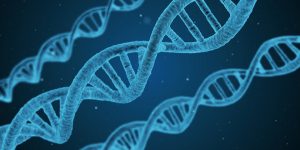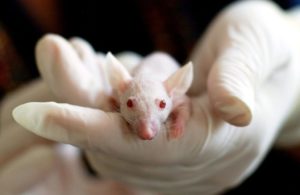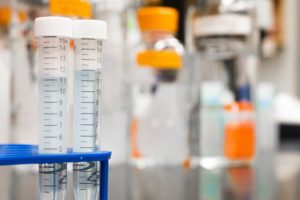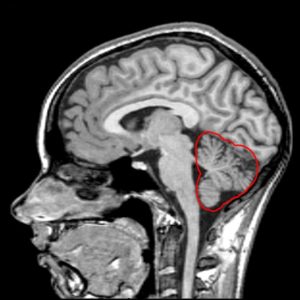
A novel therapeutic approach for the treatment of SCA3
Written by Larissa Nitschke Edited by Dr. Gülin Öz Researchers in the Netherlands uncover a new way to treat SCA3 Upon receiving a conclusive diagnosis of Spinocerebellar Ataxia (SCA), hundreds of questions can appear in a patient’s mind: What is Spinocerebellar Ataxia? Why am I affected? How will my symptoms Read More…













